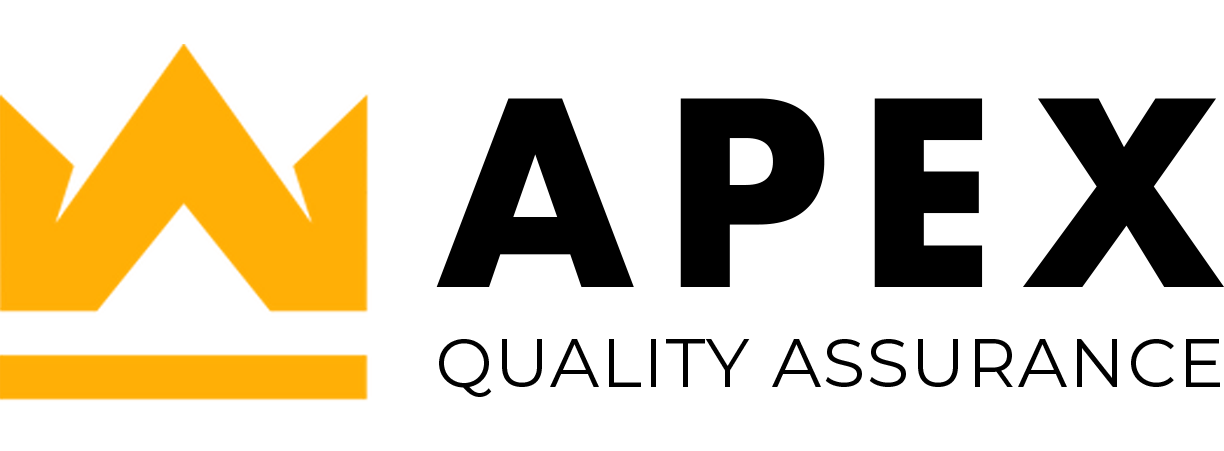-
What is AS13100?
-
How to Identify an organizations potential gaps?
-
What are the main requirements?
-
How requirements of AS13100 fit directly with AS9100D and apply to AS9145?
-
How long should implementation take?
Watch the below webinar or read the answers to the above questions.
What is AS13100?
Aerospace Engine Supplier Quality (AESQ) Quality management system requirements for aero engine design and production organization. The Goal of this standard is to improve the quality performance of the entire aerospace supply chain. SAE G-22 AESQ technical committee to harmonize and simplify supplier quality requirements that are in addition to the requirements of 9100 and 9145.
There are millions of passengers flying around the wor4ld. Trust in the air travel results in aviation safety is a #1 priority. Customers expect ZERO defects with every product. Manufacturers and suppliers are responsible for delivering that. Improving quality, cost and delivery is key challenge in the aerospace industry. Higher quality demands places pressure on the entire supply chains.
Customer and Supplier Perceptions on Supply Chain
Big Aero Engine Manufactures have (or had) their own perceptions on its supply chain. There are 5 common Perceptions:
-
Non-Compliance to customer requirements.
-
Limited continual improvement activities.
-
Little to no applications to process controls
-
Reactive-inspection methods
-
Low maturity of defect prevention and quality planning processes.
Supplies have (or had) their own perceptions on its customer base.
-
No common language for quality amongst all aerospace customers
-
Independent high complex requirements differing between each customer
-
High levels of customer audits with inconsistent interpretations
-
customer control and interventions
One thing that the team at SAE realized that each customers and supplier needs to collaborate with the alignment of management system standards. AS13100 takes all the regulatory, customer and aero engine manufacturer supplemental requirements and built in into one single standard for the aerospace.
What are the main requirements?
Chapter A AS9100 QMS- requirements for aviation, space and defense organizations – AESQ supplemental requirements.
Sections 4 and 5
-
Unrestricted Access (no more “proprietary information”)
-
Supplier Type Applicability (reference table 1 in AS13100)
-
Compliance Self-Assessment (reference RM13009)
-
Management of Human Factors (reference RM 13010 for deployment)
Sections 6 and 7
-
Clarity on the organizations risk management process
-
Crisis management and business continuity plan in place
-
Implementation of a cross-functional team to develop project plans when implementing a new plant, facility or equipment.
-
Measurement system analysis practitioners (reference RM13003)
-
maintain a list of qualified auditors
-
source inspection flow-downs (as13001)
Section 8
-
Notice of escape (NOE) process to its customers, OEMs, or Engine Type Certificate Holder
-
All agreements shall be in writing
-
design and development planning includes all stakeholders
-
Strickert Management of entire supply chain
-
Software Quality Assurance program to be established.
Section 9
-
Effectiveness of process controls by performing process capability studies
-
product acceptance inspection plans
-
100% quality and OTD performance
-
Better clarity on internal audit program and the reporting of management reviews
Section 10
-
Corrective Actions shall follow the 8D methodology (reference RM13000)
-
Analysis on customer complaints
-
More defined continual improvement process approach
The PDCA Improvement Cycle is always at play within the requirements. Plan, Do, Check, Act.
Chapter B AS9145 QMS- Advanced Product quality Planning (APQP) and Production Part Approval Process (PPAP)-AESQ Supplemental Requirements.
-
Establishment of documented procedures for APQP and PPAP.
-
Establishment of APQP and PPAP timing plan.
-
Identify APQP and PPAP coordinators.
Chapter C Core Defect Prevention Quality Tools to support APQP and PPAP-Supplemental Requirements.
-
Development of APQP and PPAP Key Planning tool. (Refer to Webinar for chart 47 mins in)
-
Risk mitigation plans in accordance with CS-E515 (engine certification requirements)
How requirements of AS13100 fit directly with AS9100D and apply to AS9145?
What is the difference between the AS9100, AS9145, and AS13100 Requirements?
-
AS13100 includes requirements that are supplemental to those in AS9100. these supplemental requirements are based on requirements flowed down to the engine makers from the regulator, customer and industry that are not included in AS9100.
-
AS9145 is AS9100 section 8 on steroids!
-
AS13100 requires AS9145 and adds some supplementary requirements that the OEMs identified as requirements based on learning from AS91145 deployment.
How long should implementation take?
2-3 years. Just kidding. Below are listed the steps for implementation:
-
AS9100 registered
-
Review of AS13100 requirements internally FIRST
-
Visit SAE AESQ website and download all reference manuals for guidance and the “how to” implantations
-
Take the SAE AESQ online course for AS13100 requirements
-
Conduct a compliance self-assessment
-
Use of a self-assessment checklist (RM13009)
-
Provide results to customer(s)
-
Implementation timeline estimated to be about 3-6 months.
How to Identify an organizations potential gaps?
Reference manual (RM13009) of AS13100 included a requirement to conduct an annual compliance self-assessment of the organization’s quality management systems to conform that it includes the requirements of the AESQ standard, along with any applicable regulatory, certification and customer specific requirements. (clause 4.3.5)
The intent of this self-assessment is to provide confidence to the customer that the requirements of AS13100 are flowed down to the organizations and formally documented within their quality management system. The self-assessment will need to be coordinated by someone who understand the organizations QMA and the requirements of AS13100 supported by the relevant functional experts.
Before completing the self-assessment, it is a recommended that the assessors are trained in the requirements of AS13100 by attending the SAE online requirements learning modules or equivalent. The assessment team should use the following information to conduct the self-assessment:
-
The organizations QMS
-
AS13100 Management Standard
-
AS13100 Reference Manuals
-
AS13100 Compliance self-assessment workbook
-
Any customer specific requirements that impact the AS13100 requirements scope and or the thresholds.
Contact Us
There is so much information when it comes to AS13100 and AS9145 and isn’t always easy to understand. We can make it simple through our private courses. Contact our expert team who will be your guide and help enable you to reach your goals.



